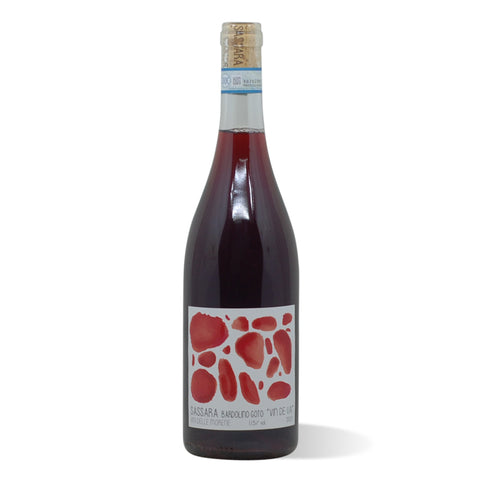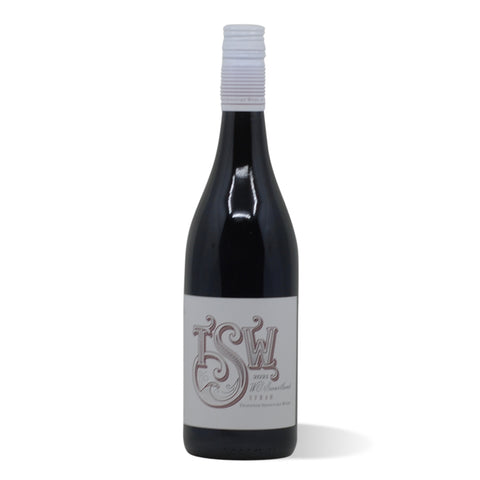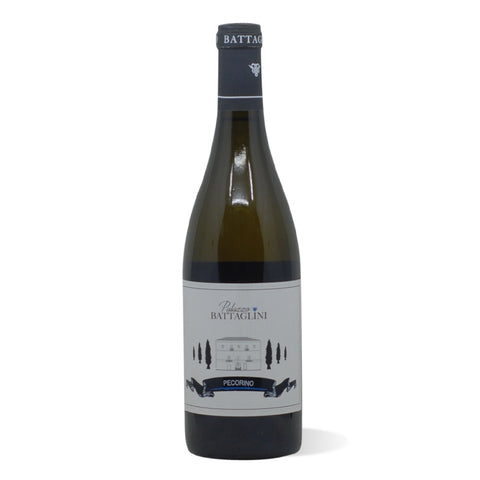
Gerard Millet Sancerre Rouge Sur le Clou 2015
If you love Burgundy but not the rising price tags, you need to be looking to Loire Valley Pinot Noir. In the July Dirt Club, we have two outstanding examples—one with almost a decade of age on it— from one of our favorite Loire Valley estates.
We’re excited about every Dirt wine, but this might be one of the most exciting wines we’ve landed in the club to date. It’s from the 2015 vintage, which is around the time when the quality of red Sancerre began its upward ascent (thanks in no small part to climate change). It’s made like a fine red Burg, held and only released when ready—you’ll want to drink this soon. Of all the Loire Valley Pinot Noirs we’ve tried in our time, this is probably the best we’ve come across. It’s showing its age in all the right ways. Sexy red fruit fading into earthy forest floor and mellow spices.
Producer: Gérard Millet
Country: France
Region: Loire Valley
Grape: Pinot Noir
Red berries, cherries, forest floor, spice
Then you should try: other red wines that perform well with age. Burgundy is a natural place to start, but you also might want to grab some Rioja (Tempranillo) and leave that in your cellar for ten years. The results will be worth the wait.
- Climate change has affected the Loire Valley by extending the growing season, allowing Pinot Noir more time to ripen.
- The black stone on the label represents the iron-rich soils of the Sur le Clou parcel. The unique soils capture heat during the day and release it at night, which helps the grapes ripen.
- Prior to the 19th century, almost all Sancerre was red. Crazy, right?
Pair With: Grilled Tuna Steaks
Ingredients
4 tuna steaks, about 6 to 8 ounces (170 to 225g) each and 1 1/4 to 2 inches thick
Vegetable, canola, or other neutral oil, for oiling the steaks
Kosher salt
Freshly ground black pepper (optional; see note)
Step One
Light one chimney full of charcoal. When all the charcoal is lit and covered with gray ash, pour out and spread coals evenly over half of coal grate. Alternatively, set all the burners of a gas grill to high heat. Set cooking grate in place, cover grill, and allow to preheat for 5 minutes. Clean and oil grilling grate.
Step Two
Dry tuna steaks well with paper towels and lightly brush them all over with oil.
Step Three
Just before cooking, season tuna steaks all over with salt and, if desired, pepper. Then set over hot side of grill. Cook tuna until first side is well-seared and the fish releases from the grill grate, 1 to 2 minutes. If the fish sticks, try to gently lift it from below using a thin metal spatula or the tines of a carving fork inserted down between the grill grates. Turn fish and repeat on second side.
Step Four
For an ideal doneness of rare, cook the fish long enough to sear each side, and no longer. You should be able to watch the heat penetrate the fish from each side because tuna changes color so dramatically, from a deep purple when raw to a beige when cooked. Use the side of the fish to gauge doneness: if you want it very rare in the center, the sides of the steaks should still look purple, with the color of the cooked fish just starting to creep in from above and below. If you want it a little more done, let the cooked color creep up a bit more from both sides. We don't recommend cooking tuna steaks beyond medium-rare.








